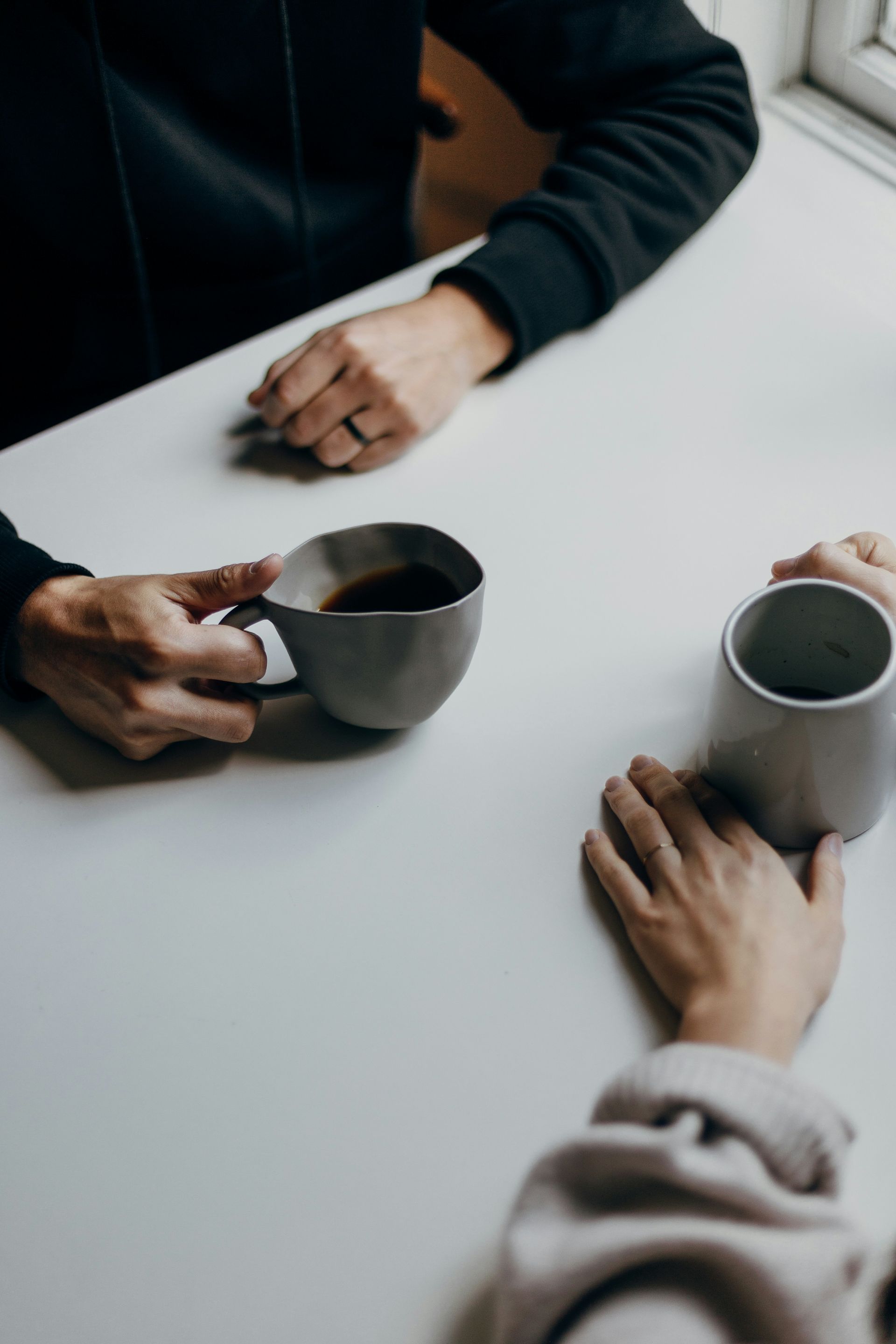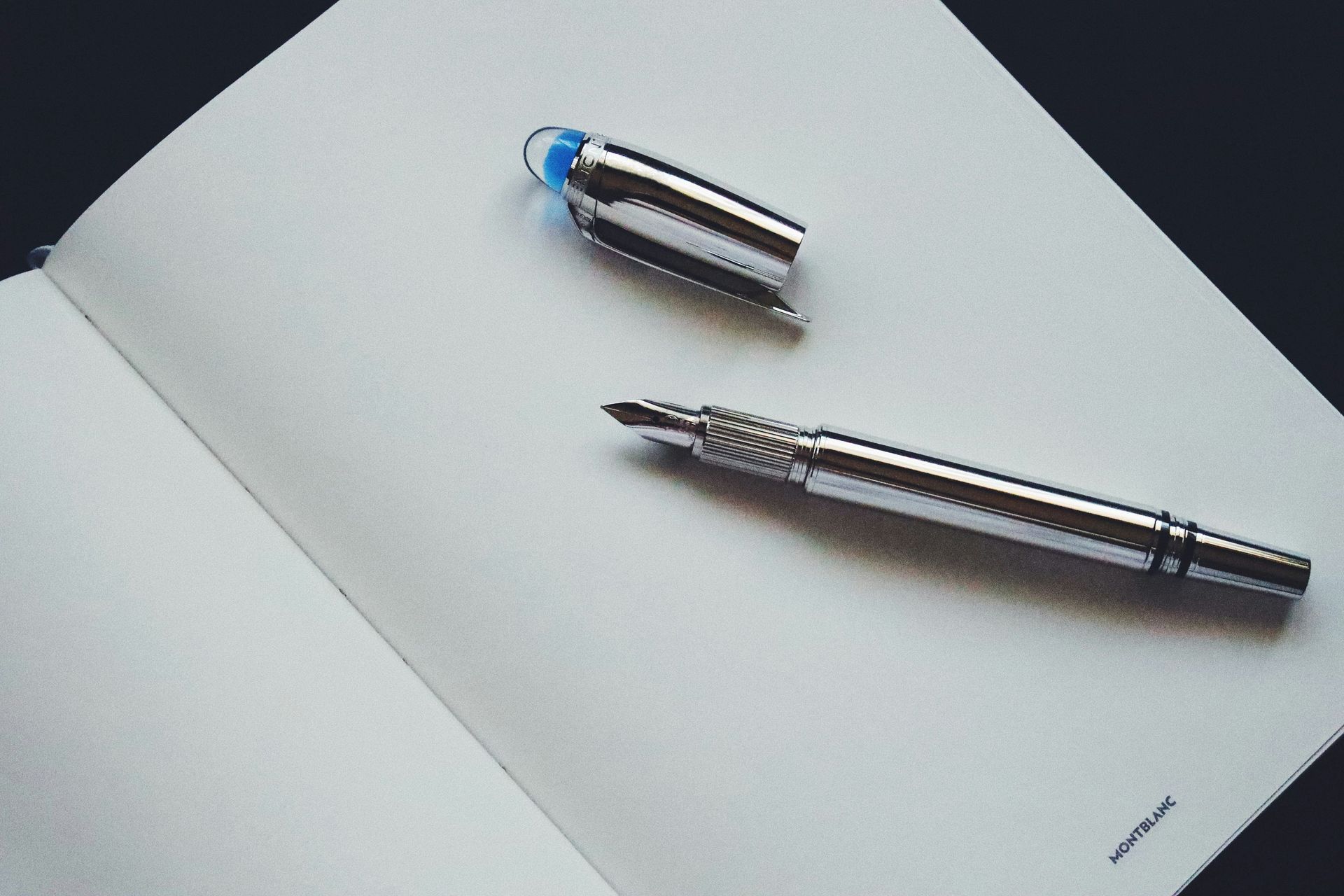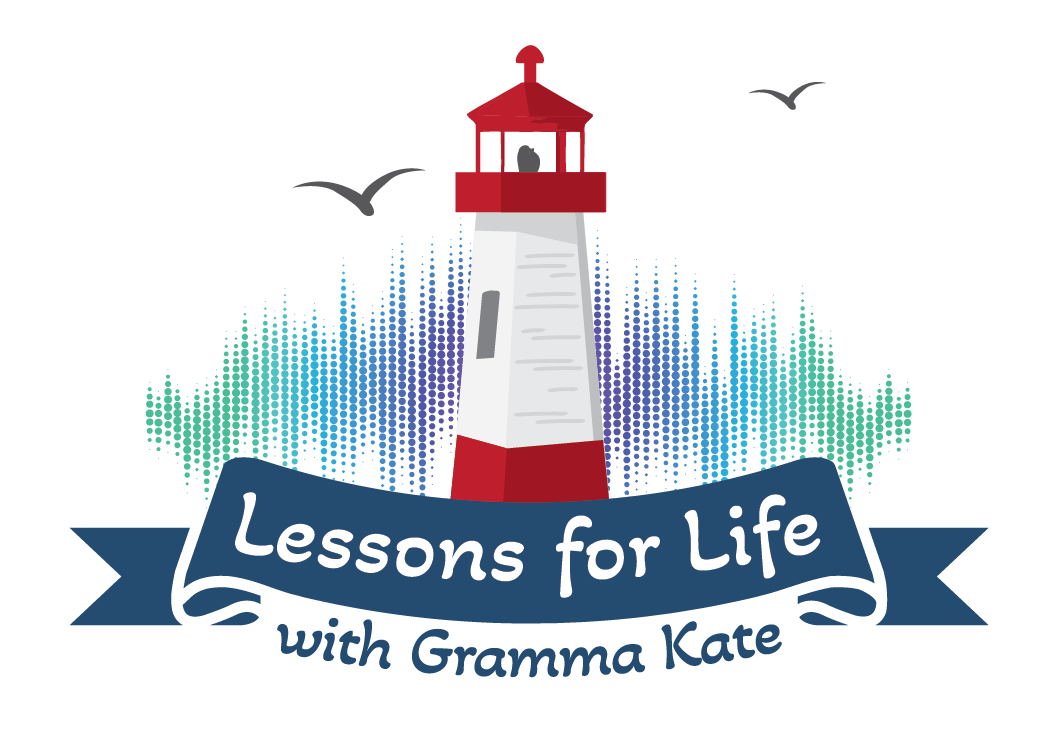
Do you ever catch yourself saying, "Why does this keep happening to me?"
Maybe it's the same kind of relationship that drains you. Or a conversation that always ends with you apologizing—even when you didn't do anything wrong. That's a pattern.
And the truth is, we all have them—invisible loops of behavior that quietly run our lives until we learn to see them. But here's the thing: you can't change a pattern you can't see. And most of us don't realize how deeply the people and dynamics around us shape our reactions.
The Reality of Self-Awareness
The challenge with self-awareness is this: you don't know what you don't know.
And when you're trying to figure yourself out through the reactions of people who aren't emotionally safe, you end up more confused than when you started. You can be one way with one person, and it's totally fine—they understand you, they feel connected to you. But then you can be that same way with someone else, and suddenly it's offensive, or it hurts them, or they shut down. And you think, "Wait… how do I know which version of me is the real me?"
I learned early on to read people's body language like my life depended on it. A look. A sigh. An eye roll. A shift in tone. I could sense tension before a single word was spoken. So now, when someone seems uncomfortable with me, such as
when they can't look me in the eye or they glance away,
my body still reacts the same way it did back then, and
I go straight to shame. What's wrong with me? I did it again. When will I ever learn?
That's the loop. That's the pattern. And that's what makes self-awareness so complicated—we're trying to understand ourselves through the lens of people who don't always have our best interests at heart.
Because self-awareness can look like adjusting your tone, reading the room, being sensitive to others, but if you're constantly doing that with unsafe people, it stops being awareness—and starts being self-betrayal.
And that's where this whole topic gets messy. Self-awareness opens up a can of worms. Because to be self-aware, you have to know who you are. But to know who you are, you have to be around people who let you be who you are.
And when you're surrounded by people who don't speak up—who withdraw, ghost, or lash out passive-aggressively—you end up trying to read invisible signs instead of hearing honest words. Most people don't know how to give emotionally safe feedback. They don't say, "Hey, that hurt," or "Can you clarify what you meant?" They just disappear.
So the challenge with self-awareness isn't just learning about yourself. It's learning despite other people's silence. And that's where the courage really begins. Once you start noticing those quiet spaces, you'll realize there's a big difference between a habit and a pattern.
Understanding the Difference: Habits vs. Patterns
A habit is something you do automatically—the 'what,' like checking your phone or making coffee. It's surface-level and often easy to change once you notice the cue. A pattern, though, runs deeper—it's the 'why' beneath the habit, an emotional loop that has been shaping your reactions for years. Habits are neutral and situational; patterns are emotional and show up everywhere.
Habits shift when you adjust your routine, but patterns only change when you understand yourself better. For example, I used to think staying busy was just a habit, but beneath it lay a pattern—a fear that I wasn't needed. Once I understood that, the awareness itself changed the behavior.
That's the real power of self-awareness—it moves you from automatic living to intentional living. When you see your pattern, you have a choice.

Find One Safe Person to Mirror For You
You know what finally shifted things for me? I found one person who believed in me. One person who didn't make me feel like I was the problem.
For years, I sat in therapy rooms, talked to friends, read books, and still couldn't shake the feeling that everything was somehow my fault. And then one day, I started having honest conversations with someone who simply reflected things to me without judgment—calmly, consistently, without emotion or bias—and it planted a seed of doubt that maybe, just maybe, it wasn't all me. That seed changed everything.
Because sometimes all it takes is one safe mirror—one person that doesn't project onto you, one voice that helps you see what's actually happening instead of what you've been told is happening. That's when I began to see the truth: I was reacting to broken dynamics. And once I could see that difference, I could stop blaming myself and start rebuilding trust in my own perception.
My aha moment came when I realized that self-awareness doesn't begin when people finally understand me—it begins when I start trusting my instincts again. Once I started believing in myself again, I could finally look at the patterns underneath—not with blame, but with curiosity. Because self-awareness means asking, "Where did this start, and how is it showing up in me now?"
How Patterns Begin: What We Learned in Childhood
Understanding yourself isn't about analyzing your childhood under a microscope; it's about noticing how the past subtly influences your present.
From the moment we're born, we start absorbing cues from the world around us. Those early experiences become the emotional language we still speak—how we express love, protect ourselves, and connect. Self-awareness asks: How are these old lessons playing out in my life today?
When you pay attention to your reactions, your relationships, and the patterns that repeat, you begin to see how much of your behavior was learned for survival, not for joy. Maybe silence once kept you safe, but now it keeps you small. Pleasing others earned love then, but it now drains you. The goal isn't to judge the past—it's to understand the present.
When you start recognizing why you react the way you do, you can respond from truth instead of habit. You begin to separate who you are from who you had to be. That's the real work of self-awareness: learning to see yourself clearly, noticing when an old story tries to run the show, and gently choosing a new response that reflects who you've become.
When you become more self-aware, life feels less chaotic and more intentional. You stop being pushed around by old experiences and start steering from the present. That's the gift understanding yourself better gives you—that emotional clarity that turns chaos into calm.

9 Life Lessons to Start Understanding Yourself Better
Ready to start noticing your patterns? Here are nine practical lessons to begin:
1. Observe your reactions. Pay attention to the moments when you feel irritated, defensive, guilty, or small. Those emotional spikes are breadcrumbs—they point toward the patterns running beneath the surface.
2. Build your emotional vocabulary. Most of us get stuck saying "I'm fine" or "I'm stressed" because we don't have the words for what we're actually feeling. But there's a vast difference between feeling disappointed, resentful, or overwhelmed—and when you can name it specifically, you can understand it better.
3. Pay attention to your body. Your body knows before your mind catches up. Notice your posture during specific conversations—are your shoulders tight? Are you crossing your arms? Leaning away? Your physical presence reveals what's genuinely happening emotionally.
4. Ask why three times. When you notice a reaction, don't stop at the surface answer. Ask yourself, "Why did I react that way?" Then ask why again. And one more time. For example: "Why did I snap at my partner?" Because I was frustrated. "Why was I frustrated?" Because they didn't help with dinner. "Why does that bother me so much?" Because I feel like I'm carrying everything on my own. That third why—that's where the real pattern lives.
5. Clarify your values. Take a moment to identify what actually matters most to you—connection, honesty, respect, peace, autonomy. Then look at your behaviors. Are they aligned? If you value honesty but find yourself constantly saying "I'm fine" when you're not, that misalignment is creating internal chaos. When your actions match your values, life feels less exhausting. When they don't, you're constantly at war with yourself.
6. Notice your triggers. Who or what brings up the same reaction? The pattern often lives inside the trigger, not the event itself. And if you're around people who criticize or twist your words, pause before you absorb their version of the story. Ask yourself, "Does this feedback come from love and respect, or from control and projection?" That one question helps you separate truth from toxicity.
7. Zoom out. Ask, "Where else has this shown up in my life?" Because patterns love to travel—from family to work to friendships—until we learn from them. If you notice the same kind of energy or conflict showing up with different people, it's not proof that you're the problem—it's life giving you another chance to learn the same lesson.
8. Replace judgment with curiosity. Instead of asking, "What's wrong with me?" ask, "What is this pattern trying to teach me?" That one question turns shame into insight—and helps you stay anchored in who you are, even when others don't see you clearly.
9. Journal it out or record it in your voice recorder. Write or voice what happened, how you felt, and what you did. Then look back later. You'll start to see recurring words, feelings, or situations—that's your emotional fingerprint.
And that's really the point of all this—the more aware you become of your own emotions and reactions, the better you can model that same awareness for the people around you, especially your kids.

Modelling Self-Awareness for Your Kids
When you name your feelings out loud, you're showing your kids that you recognize your own behavior. Like when you yell at them for the fifth time to put the dishes in the dishwasher—let them know that you realized you yelled out of frustration. Or during supper, when tension rises, you can say, "Let's all take a breath and notice what we're feeling before we keep going."
Another golden opportunity is while watching a movie together: Point out a character's behavior by saying, "Did you see how that character just walked away when they got angry? What do you think they were feeling? What would you do?"
Every time you model that kind of honesty, you're teaching your kids to be self-aware instead of self-critical. You're showing them that noticing patterns is part of being human.
In Conclusion:
Your patterns aren't proof that there is something wrong with you. They're evidence of what you learned to survive.
Find one safe person who reflects to you without distortion. That's where clarity begins.
And when you start noticing your patterns instead of just living them, you stop being hijacked by triggers and start showing up as who you actually are.
"Remember, change begins with ourselves.
Put your knowledge into action and reach your full potential ."
Wishing you heartfelt warmth and support on your journey of life!
Kate/Gramma Kate
